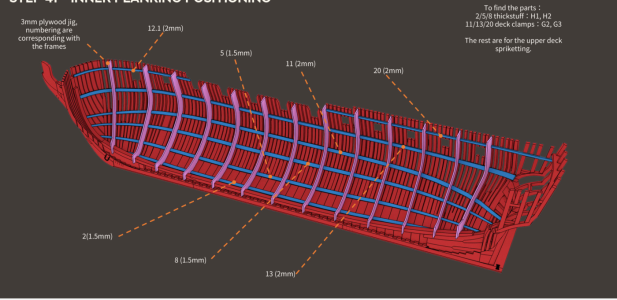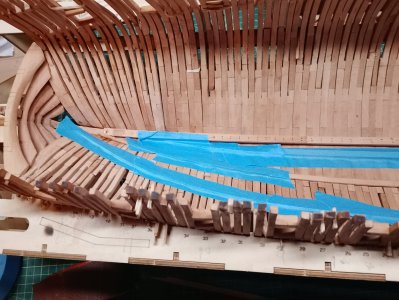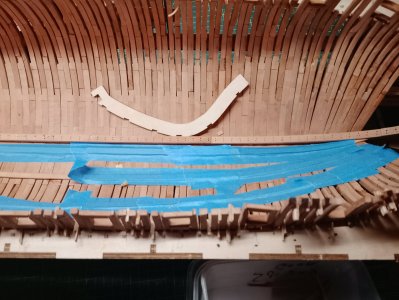I recommend the microcrystalline wax "Cosmoloid H-80" from Kremer, Germany. This wax penetrates deeply into the wood and preserves it. It polishes easily. Preserves wood, metal, plastic, and other materials with wax impregnation. Keep in mind that nothing can be glued to a waxed surface. Therefore, before waxing, cover the areas of the model where parts will be glued.
Prepare a solution: 20 g of "Cosmoloid X-80" per 1 liter of clean gasoline. Apply the solution with a brush, swab, or immerse the part in it. After the gasoline evaporates, a thin film remains. This can be heated under a table lamp until it shines and then rubbed with a rag until glossy.
Wax is completely neutral to wood and metal, creating a durable film that is water- and dust-repellent. Keep in mind that nothing can be glued to a waxed surface. Therefore, before waxing, mask off any areas of the model where parts will be glued.
I also recommend MinWax Dark Wax Polish, 454g Manufacturer: MinWax, USA. Shelf life: 8 years. This dark wax polish, based on artificial wax, protects wood surfaces from water and mechanical damage, creates an antistatic coating, and imparts a matte shine to treated items. Regular application of this product helps keep wood surfaces clean and maintain their shine. Can be used on any treated surface, both old and new.
Liquid wax is also sold in restoration stores, and the selection is quite extensive. But, in fact, you can make this mixture yourself using the waxes I just described.









